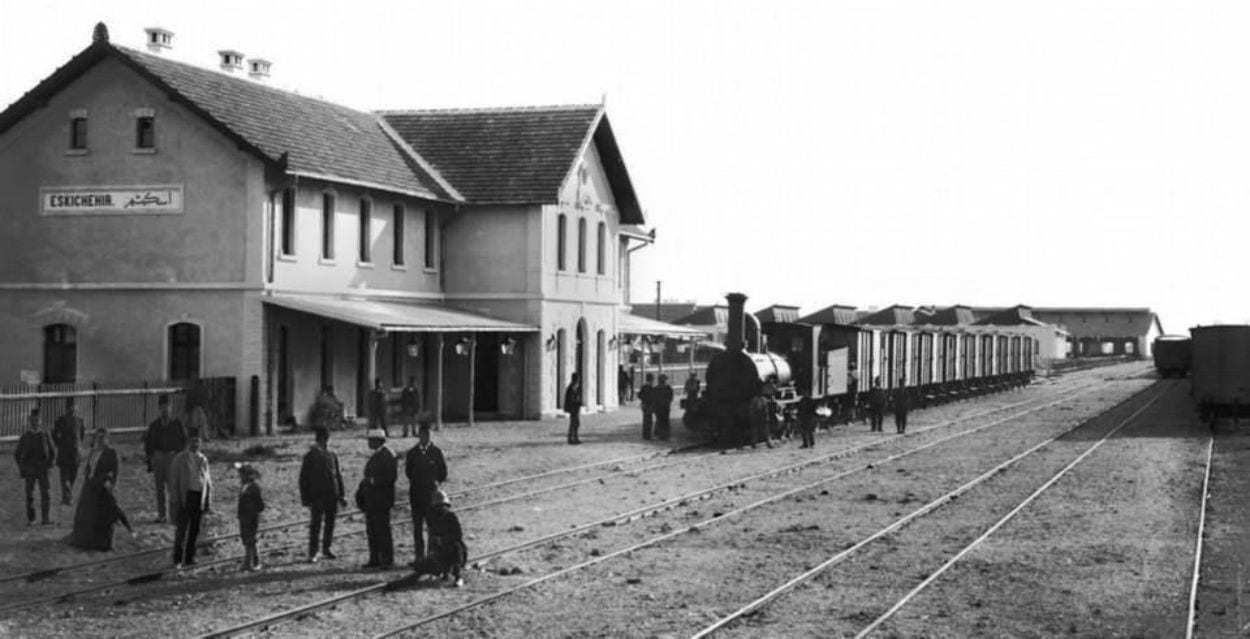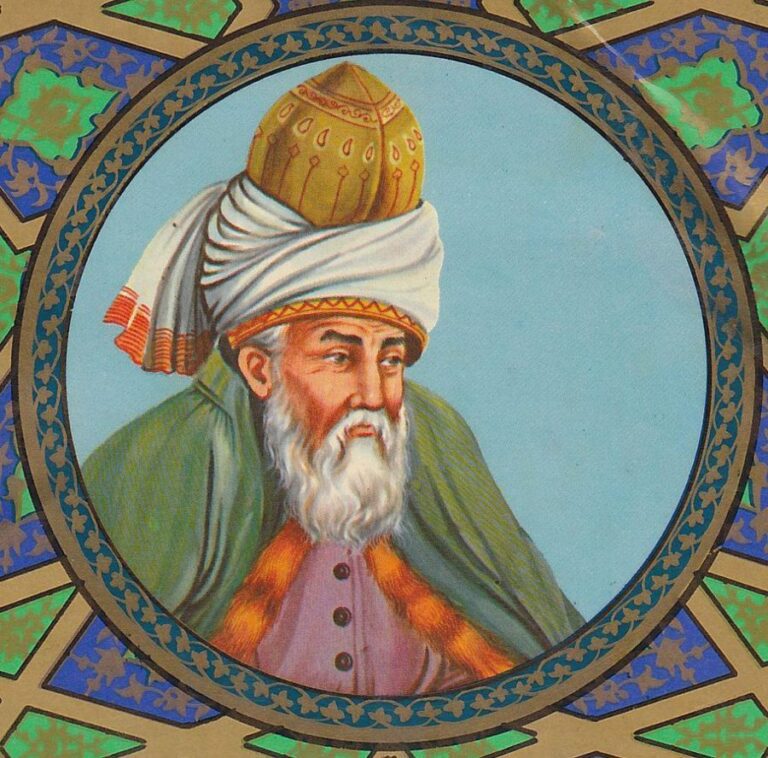Table of Contents
The word Eskişehir in Turkish means “old city.” It is not surprising that a city with this name has a long history spanning 4000 years.
The history of Eskişehir is not limited to the modern period only, but extends to prehistoric times, giving the ancient city a distinctive historical depth.

Eskişehir BC
Researchers assume that Eskişehir experienced its first human life 4,000 years ago with some migratory tribes within the present city limits.
The basic shape of Eskişehir first began to take shape in 1460 BC. Where the Hittites established a colony in the region, and the Phrygians came in 700 BC and founded the city of Dorylaeum, which was subject to the control of the Romans in the coming years.

The history of Eskişehir in the Byzantine era
During the Byzantine era, three important settlements appeared around the city of Dorylaeum, which is the settlement of Dorelayne, 3 km from the city and the thermal springs, which is known today as “HAMAMÖNÜ”, while the third settlement was located 11 km northwest of the city and is currently called Karacahisar.
Excavations and Byzantine coins found in the castle and the surrounding area indicate that it was inhabited between the seventh and eleventh centuries AD.

History of Eskişehir in the era of the Seljuks
The city was named during the Seljuk era Sultannunu and it was conquered on 1079 AD and the city developed much in terms of architecture.
Many ancient geographers described Eskişehir as one of the most beautiful cities in Anatolia as its nature inspired many poets, the most important of which was the Turkish poet Yunus Emre .

Eskişehir under the rule of the Ottoman Caliphate
The city took its current name when the Muslim Turks settled in the area. Looking at the ruins of the ancient city, they called the area “Old City” which means “Eskişehir” in Turkish.
Osman Ghazi, founder of the Ottoman Empire, opened the most important Byzantine castle, the Karaja fortress, in Eskişehir in 1288 AD.
In Eskişehir, many important figures appeared in the Ottoman period, most notably the poet Yunus Emre, who was inspired by the beauty of the city to compose wonderful poems in the Turkish language.
Read also: 10 Poems of the best Yunus Emre poetry
After the Ottoman-Russian War of 1877-1878, the city became overcrowded and developed with immigrants. The real development period of Eskisehir was after the construction of the city railway, which ran from Istanbul to the cities of the Ottoman Caliphate.
In the era of Sultan Abdul Hamid II, the Hejaz Railway train that starts Istanbul and connects all parts of the Ottoman Empire to each other used to pass through Eskişehir.
The city began to develop significantly in that period due to the train and trade passing through it, to acquire a strategic location, as Eskisehir became an intersection point for the railways coming from west to east and south.
A train repair and maintenance station has been built in Eskişehir, which greatly increases its importance.

Eskisehir during the War of Independence
The War of Independence marks a watershed moment in the history of Eskişehir, as after the defeat of the Ottoman Caliphate in World War I, Eskişehir fell under Greek occupation in 1921.
Gazi Mustafa Kemal began the War of Independence, and the Turkish army, along with the revolutionaries, launched a massive attack on the city on the twenty-sixth of August 1922, and on the second of September of the same year the city was completely liberated from the Greek occupation.
War of Independence Timeline: 1921-1922
Click on the timeline events to explore each step
Despite this devastation, the people of Eskişehir rebuilt their city, which today stands as a vibrant modern metropolis – a testament to their resilience.
During the Greek withdrawal, the city was ravaged as the Greeks killed 250 people and burned 2 thousand khans, 22 hotels and lodges, 2 thousand shops, 5 baths, 4 factories, 5 mosques and 10 schools in the city center.
In the villages, 13,000 Khans and 2,000 cattle were burned. 150,000 square meters of forest has been reduced to ashes.

Eskisehir in the era of the Republic
After the proclamation of the Republic, when the Sanjaks and the states became provinces, Eskisehir became a province in 1923.
In 1926, Eskisehir consisted of three regions, Sivri Hesar, Mihaliçek and Sitjazi. In 1957 the number of Eskisehir regions increased to 6.

When was the city of Eskişehir created
Sources indicate that the city of Eskişehir was established 4000 years ago.







